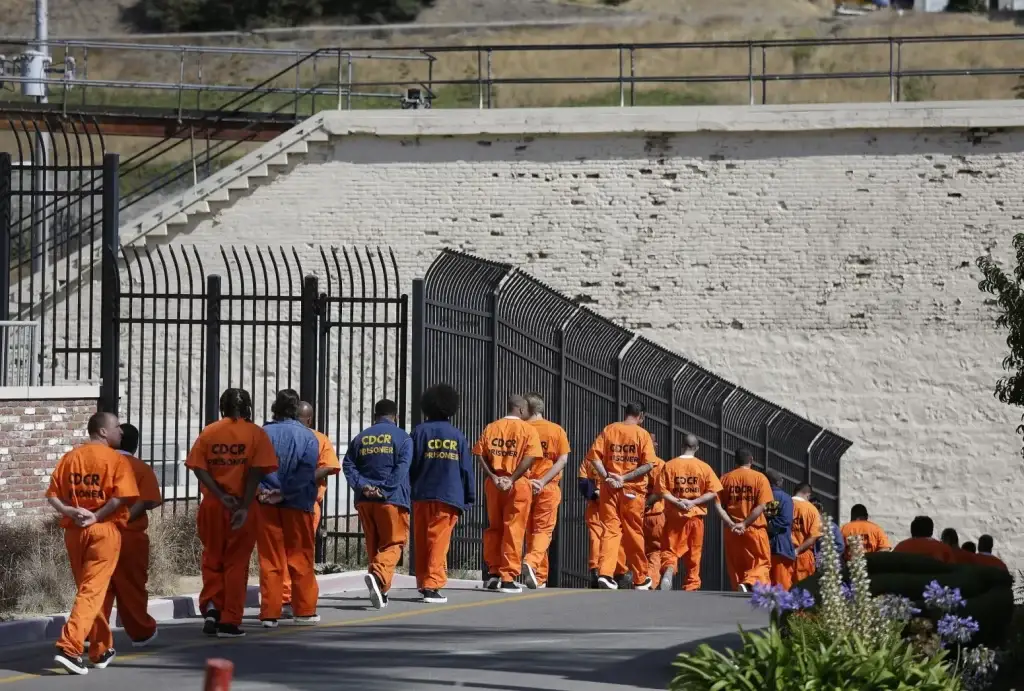“Prop. 36 is a wolf in sheep’s clothing. It suggests people should receive treatment at the same time it pulls the funding away from treatment to spend it on prisons. Vote no on Prop. 36 and let’s work together on real solutions that will finally get people the help they need and make our communities safer.”
A decade later, as a prosecutor in San Francisco, I worked to get more people into treatment instead but all too often, they were forced to wait for months for a treatment bed or the treatment provided was inadequate for their needs. Unsurprisingly, too many individuals ended up trapped in a revolving door of relapses, arrests, and incarceration.
It was clear to me then that jail and prison cannot solve addiction and that we need to invest in and expand access to treatment. Yet, in 2024, Proposition 36’s supporters are still pushing the same failed approach: more jail, more prison, and no real solutions.
Prop. 36 is billed by proponents as a mass treatment initiative. Yet, it doesn’t provide a cent of funding for treatment. In fact, it will put more people in prison and gut existing treatment resources, leaving Californians with fewer options and less access to help.
Prop. 36 will create a new felony charge for possessing any amount of drugs if someone has two or more prior convictions for drug crimes. Proponents want you to think that the threat of a felony is a carrot-and-stick approach that will force more people into treatment. But there aren’t enough treatment programs available right now, even for people eager to participate.
More than 80 percent of the 6.3 million Californians needing substance use treatment in 2022 didn’t get it. A state report found that 70 percent of California’s 58 counties urgently needed residential treatment services at all levels of care, while 22 counties reported having no residential treatment facilities at all – a problem that will only be made worse by Prop. 36.
So what happens if someone is arrested on a “treatment-mandated felony” under Prop. 36 but no treatment beds are available? They could be forced to wait months, maybe years, to get into a treatment program. They might be held in jail or they might find that a prison sentence is a quicker resolution to their case…

